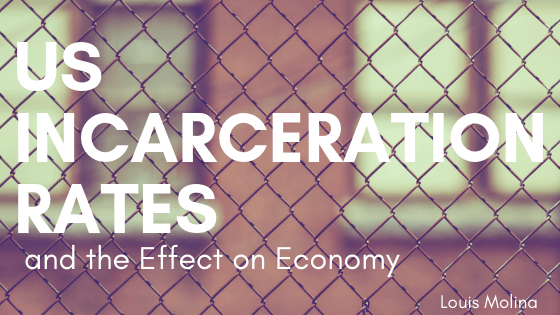Welcome to my blog and my first post. Those who know me know that I have been an advocate of criminal justice reform. I possess the unique experience of having worked in all three major fields (policing, district attorney’s office and correction’s) in which I learned the importance of investing in programs that assist and guide vulnerable people to achieve their individual best.
Alternatives to incarceration options have increased and this is a good thing. However, in my opinion, for us as a society to have long-term sustainable investments that break the cycle of poverty, crime and educational neglect, we need to enhance programming services, which include, but are not limited to academic education, vocational training, cognitive behavior therapy, mental health services, family mediation, faith-based support and community resources for persons in the custodial care of their local jails.
Why is it important to address these issues acutely at the local jail level? It is fairly common knowledge that the US has the highest number of prisoners in the world, beating out China in second place by roughly 500,000 inmates. What is even more substantial is the rate of mass incarceration in the world. For added context, given that the US population is 325.7 million with just over 2 million imprisoned (0.6%) and the population of China is 1.379 billion with around 1.5 million imprisoned (0.1%), our rate of incarceration is roughly six times higher than that of China.
Additionally, most US states individually have higher rates of incarceration than many other countries. Contrary to some beliefs, higher rates of incarceration do not amount to lower crime rates, which means that the spending for prison systems is often excessive in order to financially sustain the large populations imprisoned in the US.
Persons entering the state level prison systems have in most cases spent time in the custody of a local jail for varying lengths of stay pending their criminal trials or serving confinement sentences not exceeding a year. The length of stay on average could be short, which is why acute targeted programming is vital to making these programmatic interventions impactful, leading to a change in individual behavior that changes the path from state prison to a pathway that returns a person to their community with the ability to engage with their family, friends, and others.
If over time the enhanced programming services at the jail level diverts persons from prison back to their communities, then the long-term cost savings could be tremendous. State incarceration costs in 2015 were on average $33,274 per offender. The official costs varied based on state, prison population, and prison expenditures, but among the 45 states that participated in providing data, the total cost was almost $43 billion for around 1.2 million in the custody of these state prison systems.
Consider what the positive economic impact could be for the communities that currently have high incarceration rates if the individual offender’s behavioral changes occurred at the local jails. It has been observed that high incarceration rates disproportionally affect disadvantaged communities, especially those who experience low incomes and poverty, as well as marginalized groups. High crime rates and high incarceration rates both negatively impact efforts to promote economic growth and participation in facilitating that growth.
Many individuals who have been imprisoned often struggle with finding work following their release, especially if that incarceration period has been long. The result is that more families are unable to make ends meet, and the unemployment rates also rise. Though there are some companies that have been open to giving returning citizens an opportunity for employment, these employers consist primarily of food service and retail jobs which often do not provide sufficient pay to support oneself and a family, requiring many to continue to receive other government subsidies to survive.
While this is a complicated issue, I am confident with the new emerging faith-based, community, NGOs and political leaders that our current criminal justice system will evolve for the better. Thanks for taking the time to read my first blog post and I look forward to engaging with you all on a range of criminal and social justice issues.

